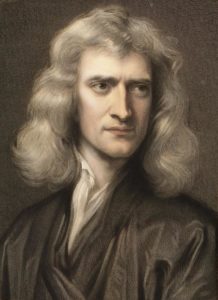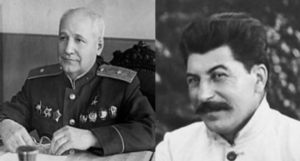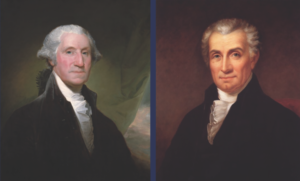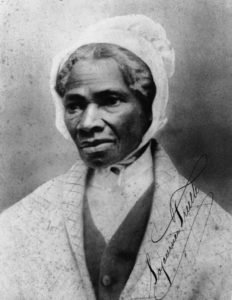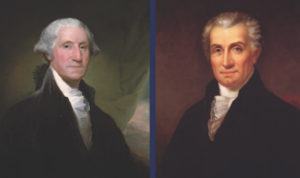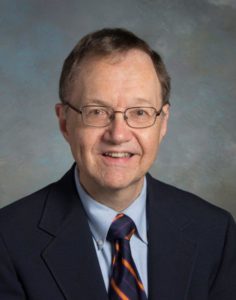
Reference and Humanities Librarian Emeritus Jack Bales
UMW Reference and Humanities Librarian Emeritus Jack Bales penned an editorial in The Free Lance-Star on children’s novelist Horatio Alger that ran in advance of his “Great Lives” lecture on Feb. 16. View the lecture here.
NO AUTHOR of children’s books during the last 30 years of the 19th century was more popular than Horatio Alger Jr. (1832–1899). In subsequent decades, his stereotypical “rags-to-riches” narratives became so familiar that in our own times, the term “Horatio Alger story” has come to be commonly used as shorthand for a person who, through diligence and hard work, rises from poverty to achieve notable success.
The author himself was born in 1832 in Revere, Mass., the son of a Harvard-educated Unitarian minister. Intending to follow in his father’s footsteps, Horatio Jr. graduated from Harvard in 1852.
The several years after graduation, however, were marked by Alger’s indecisive search for a career. Although he was preparing for the ministry, he had a longing to write. His first works, mostly short stories and poems, were aimed at adults. Read more.



